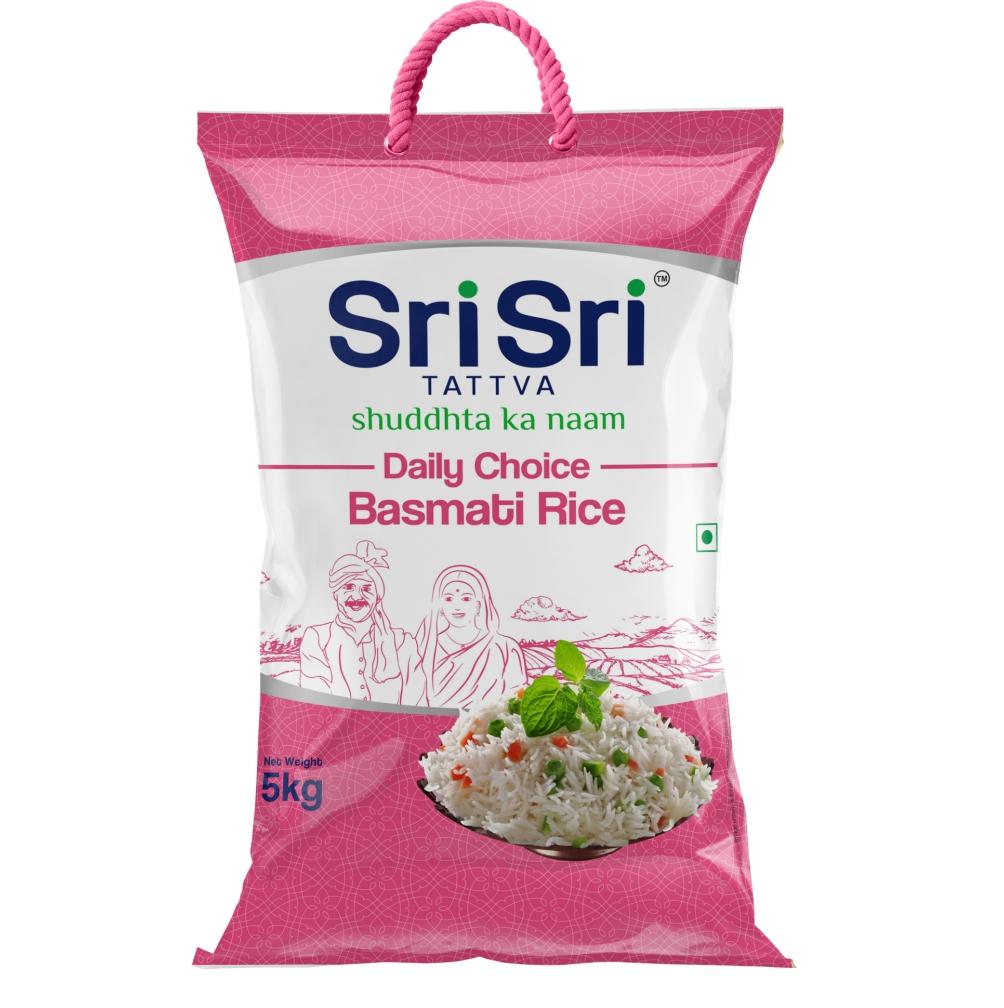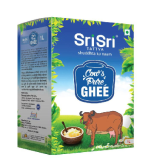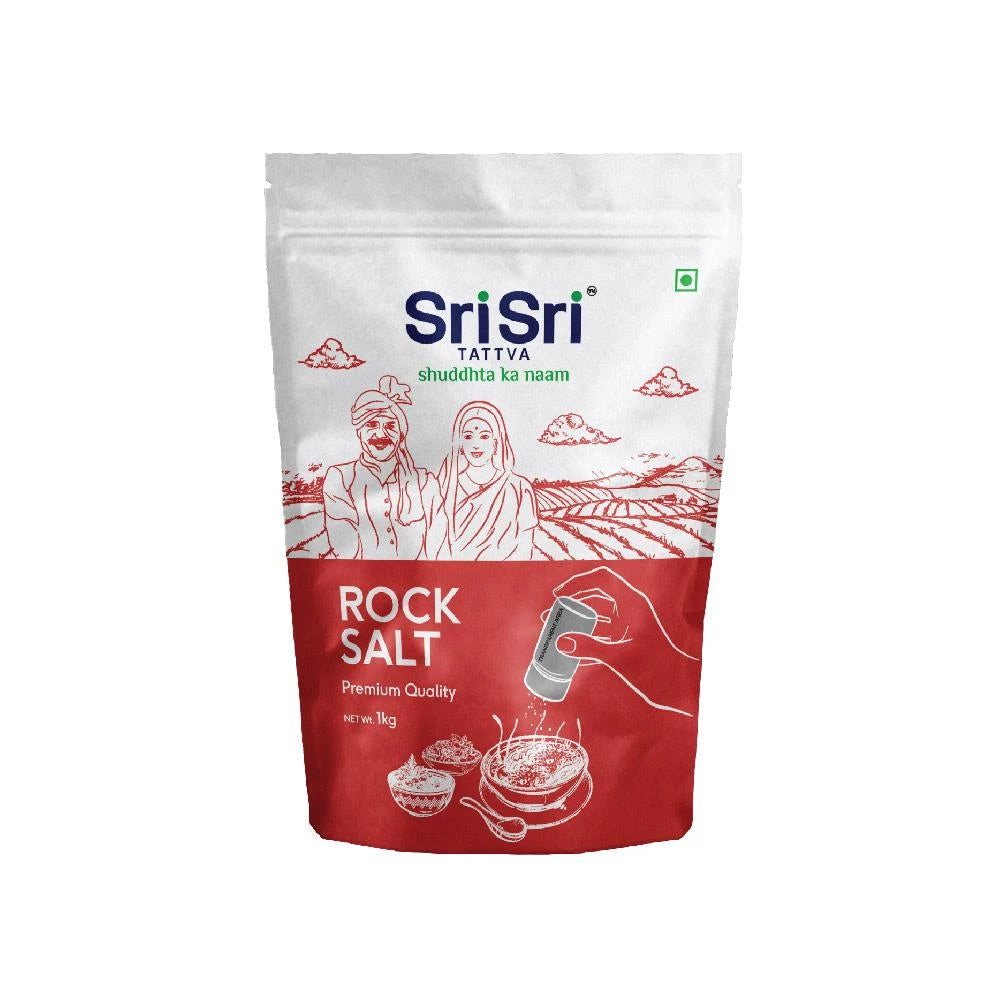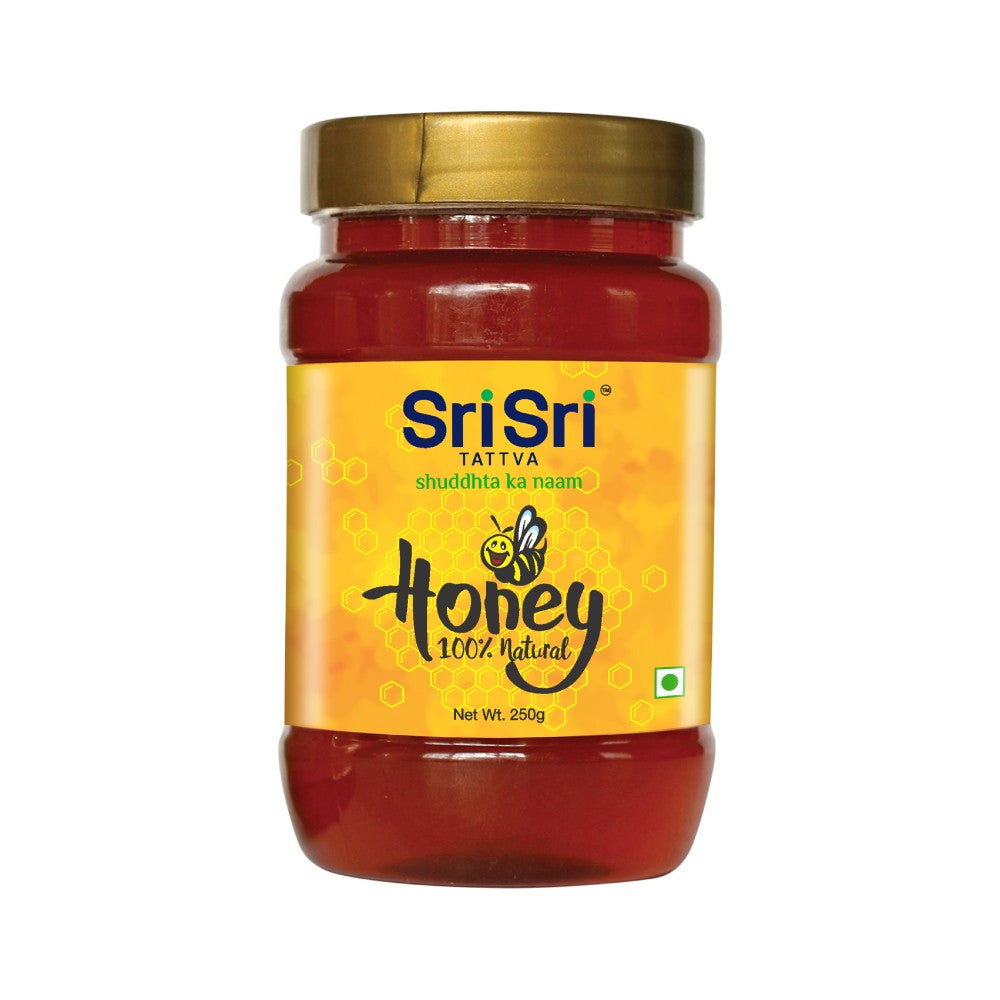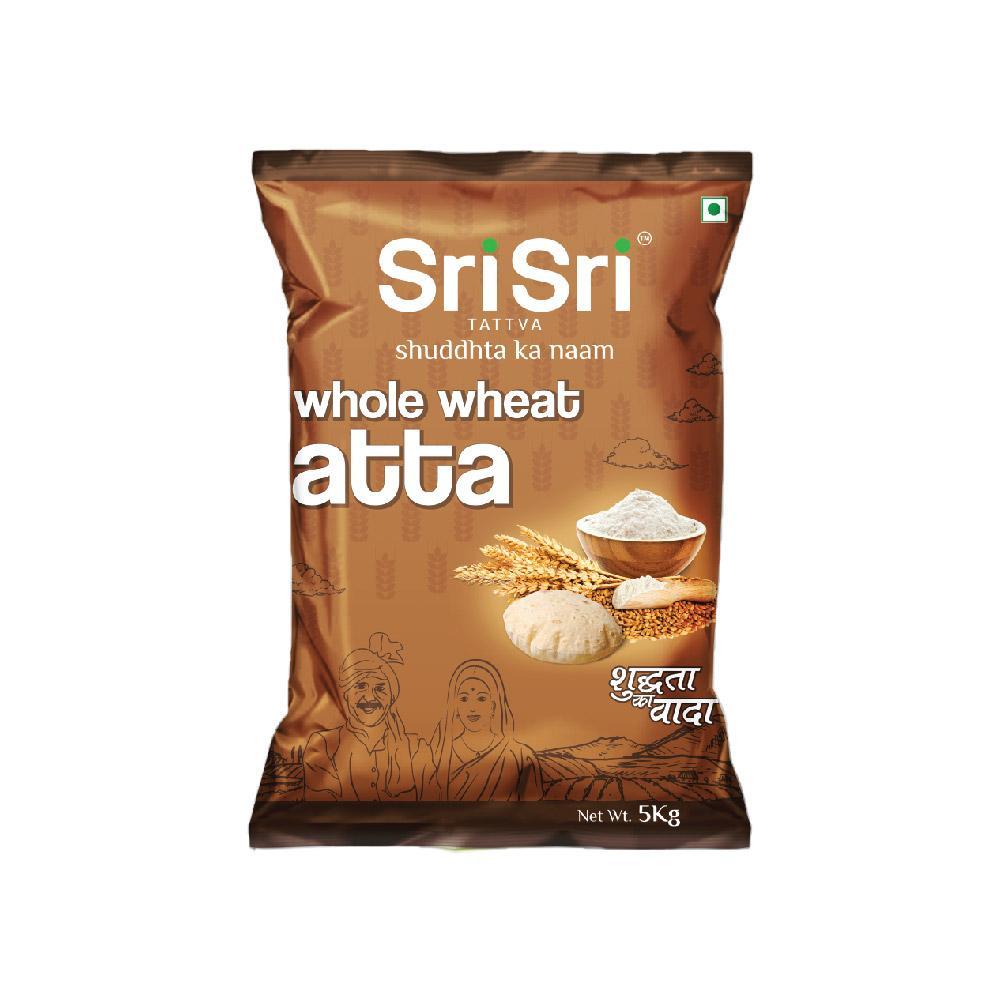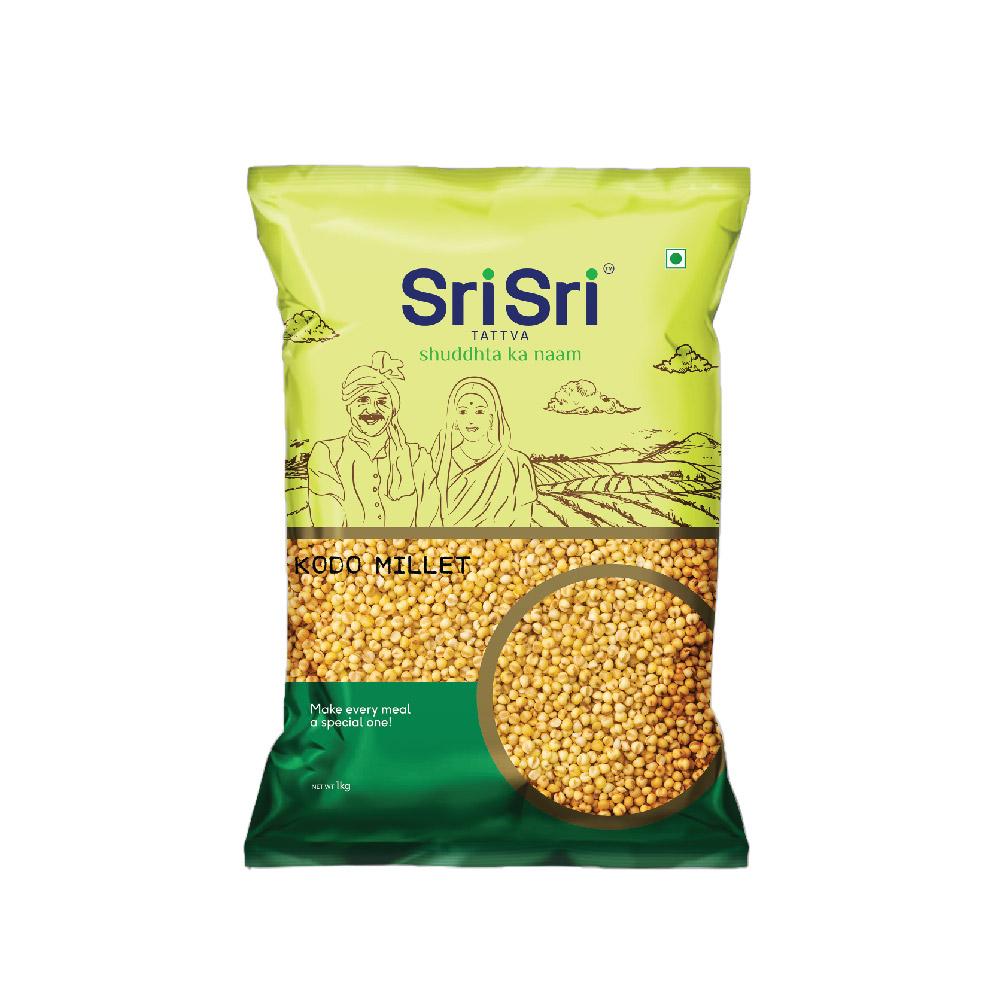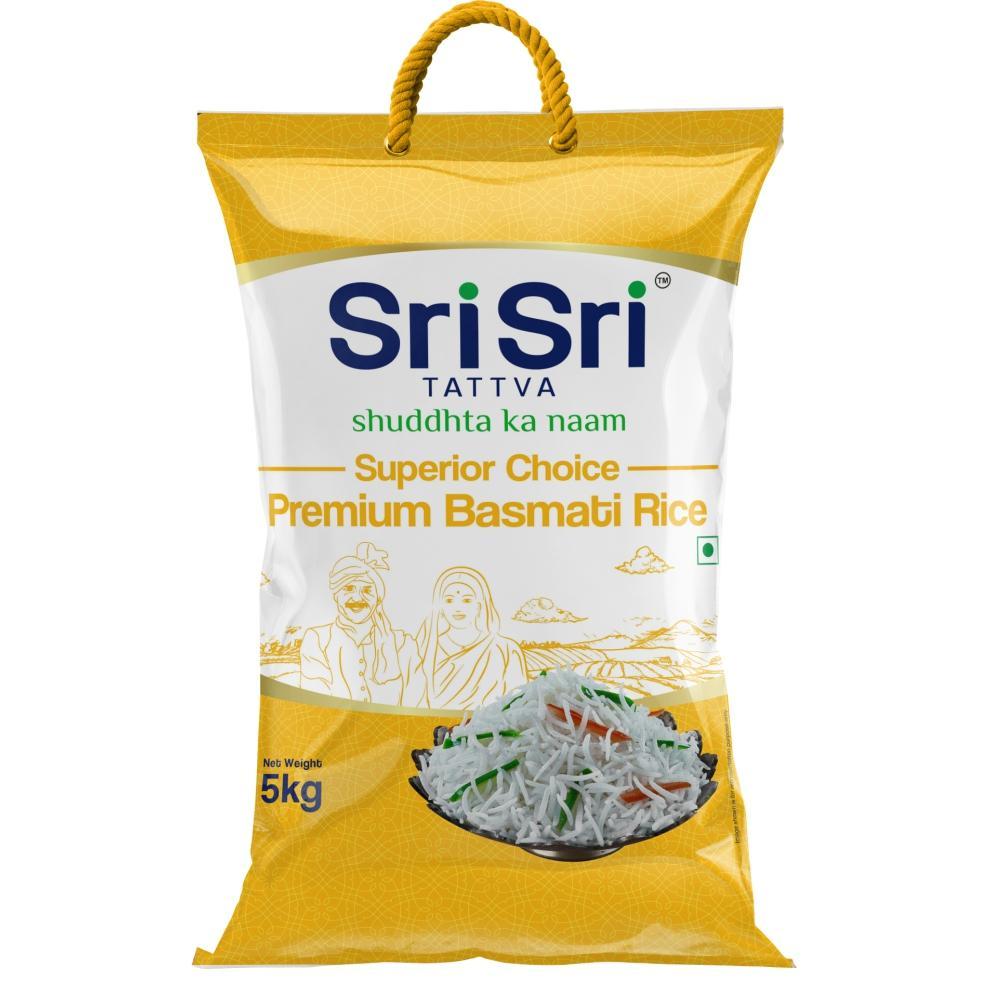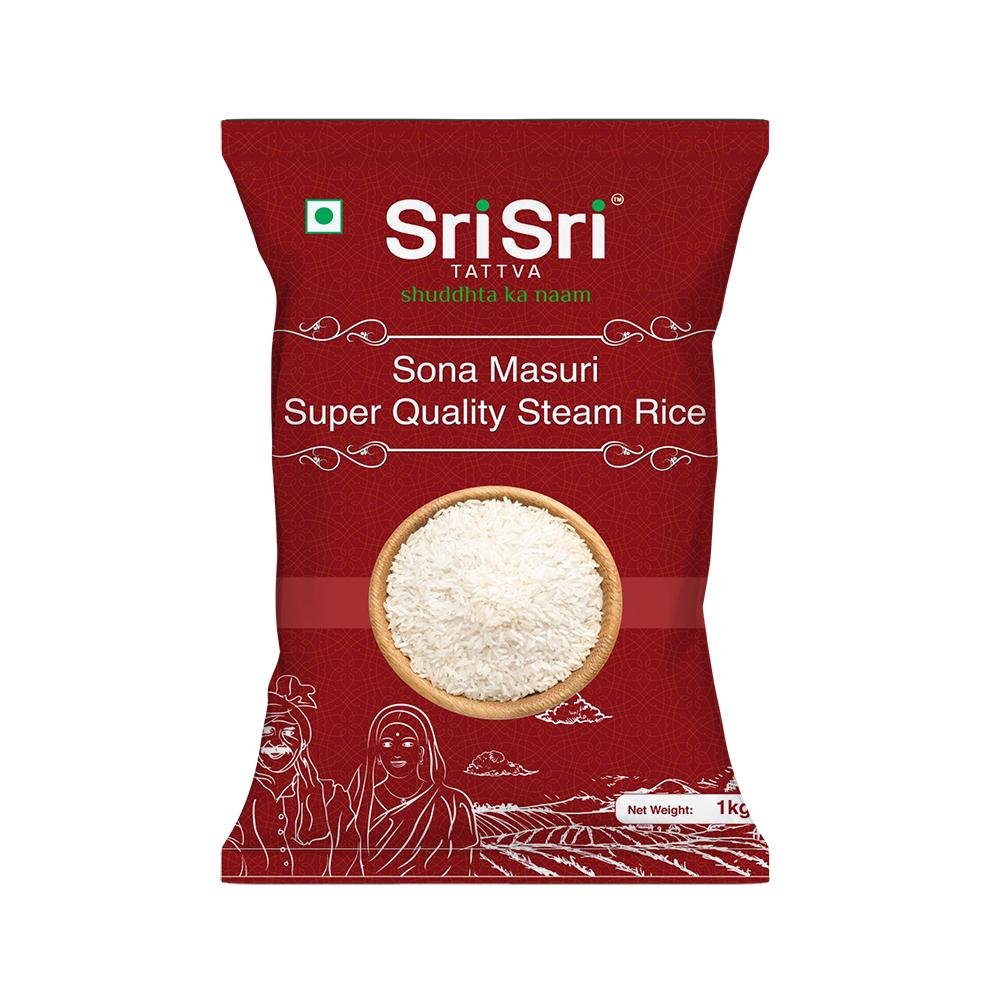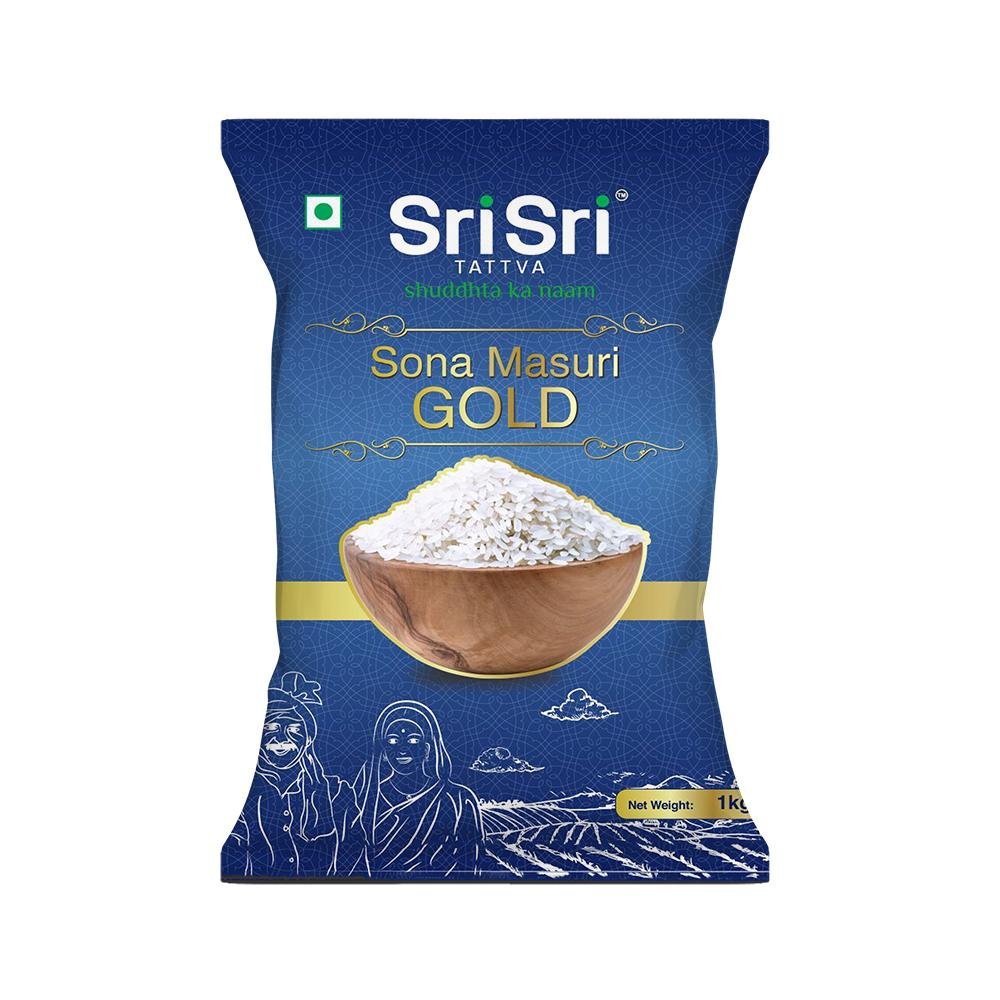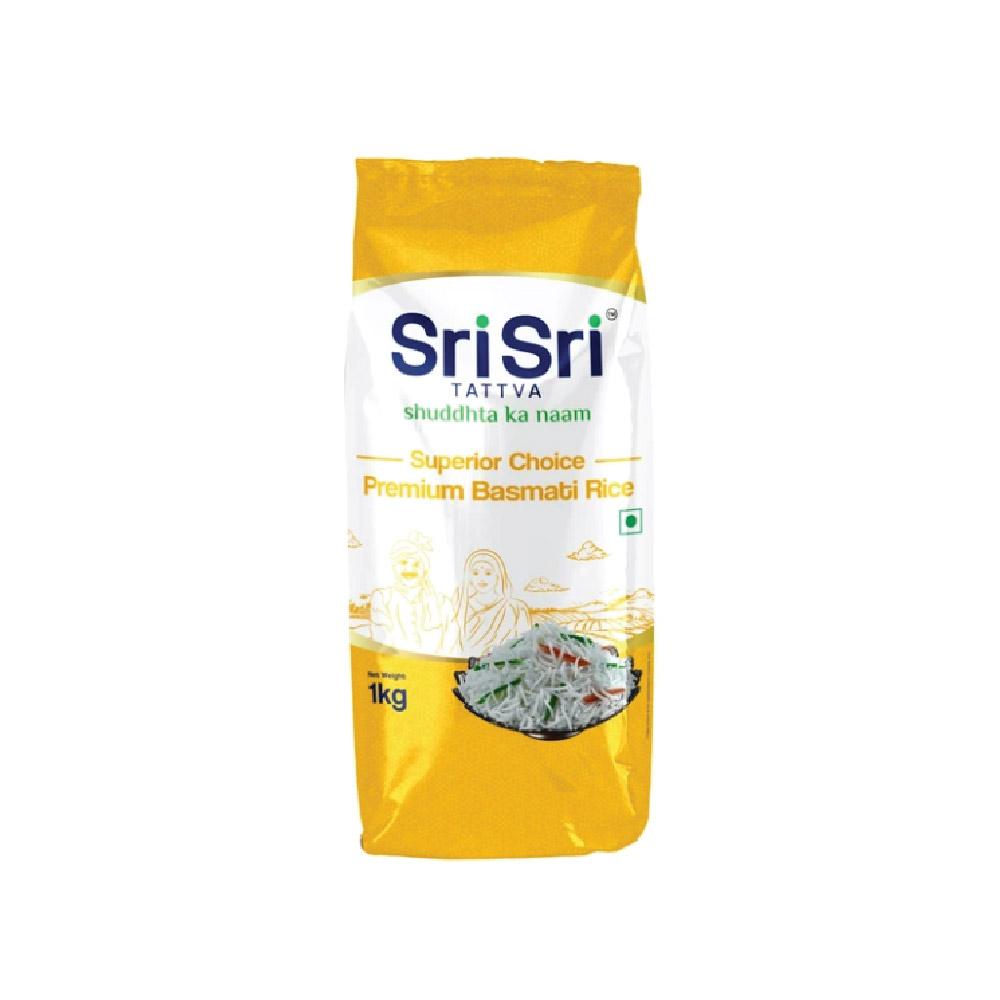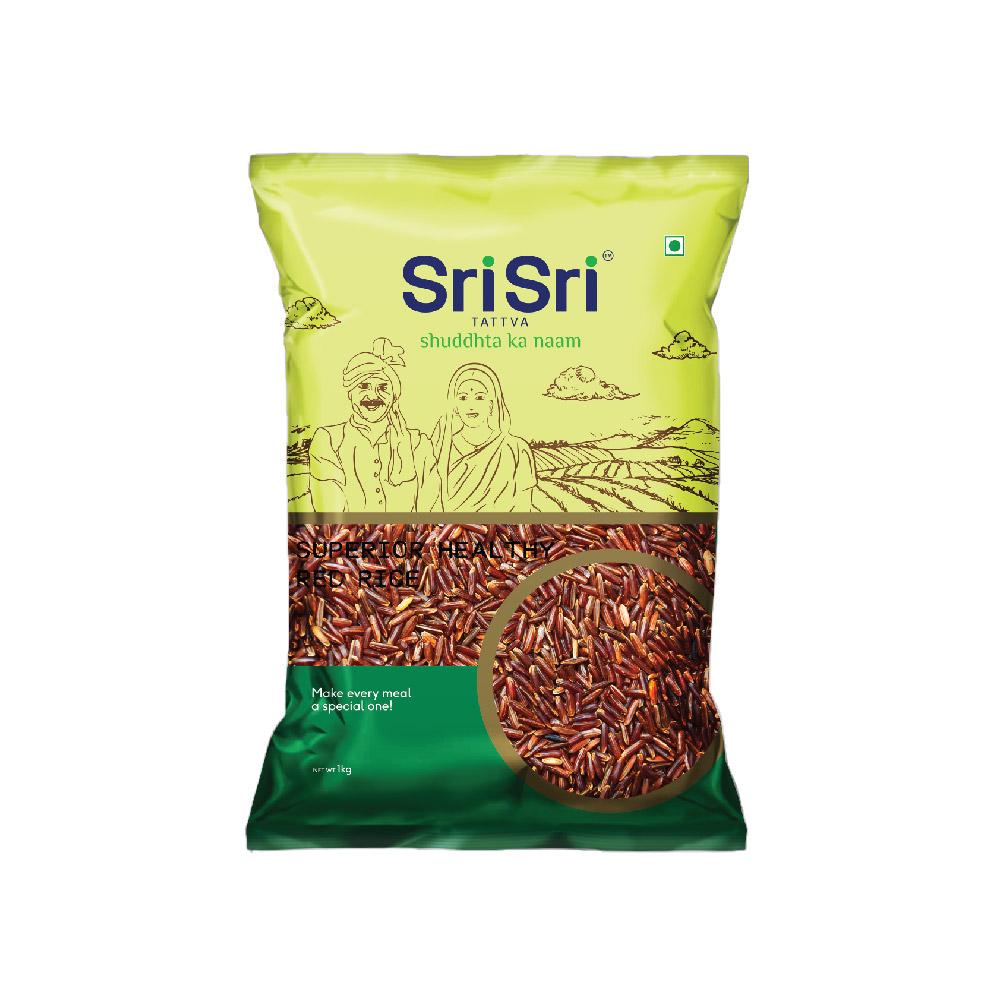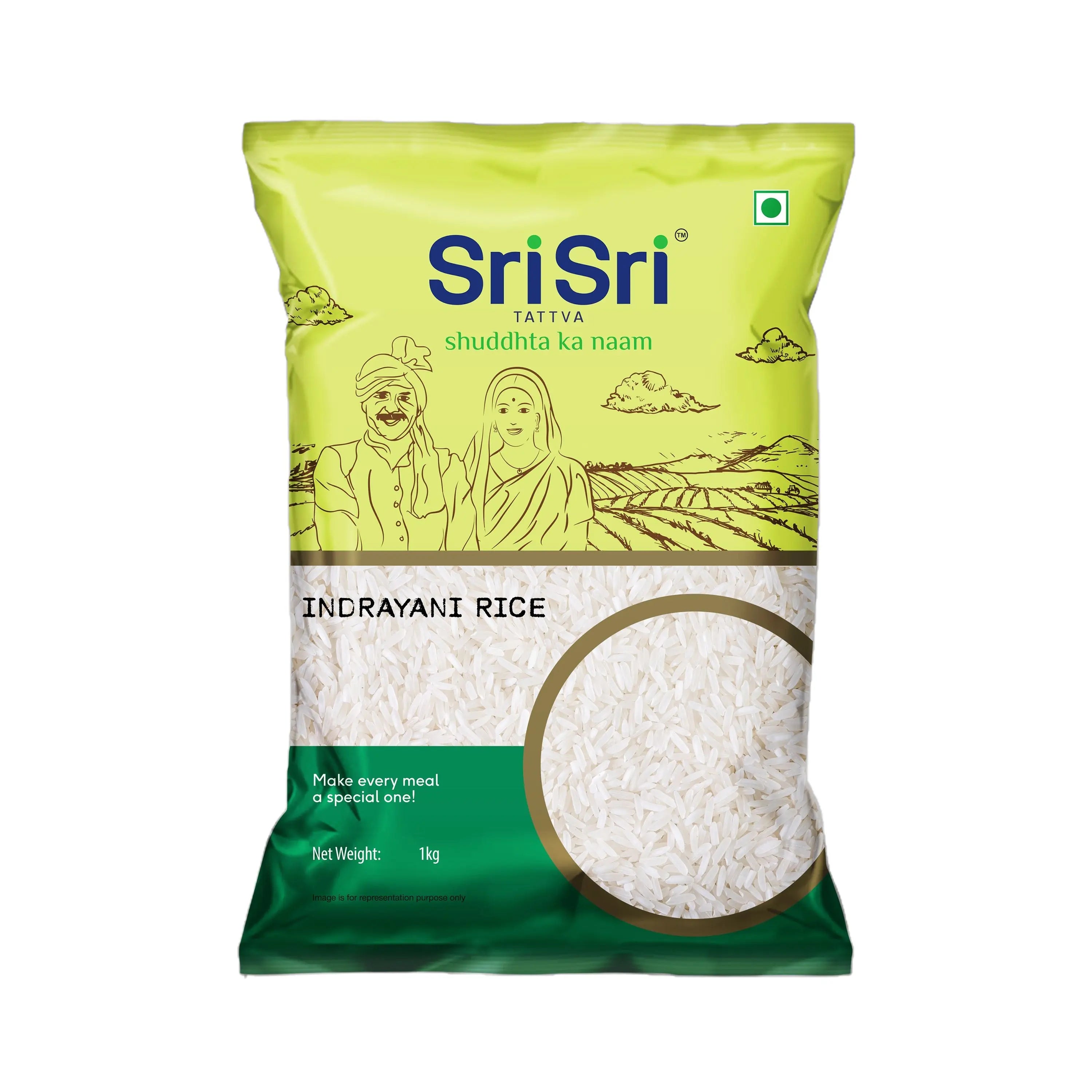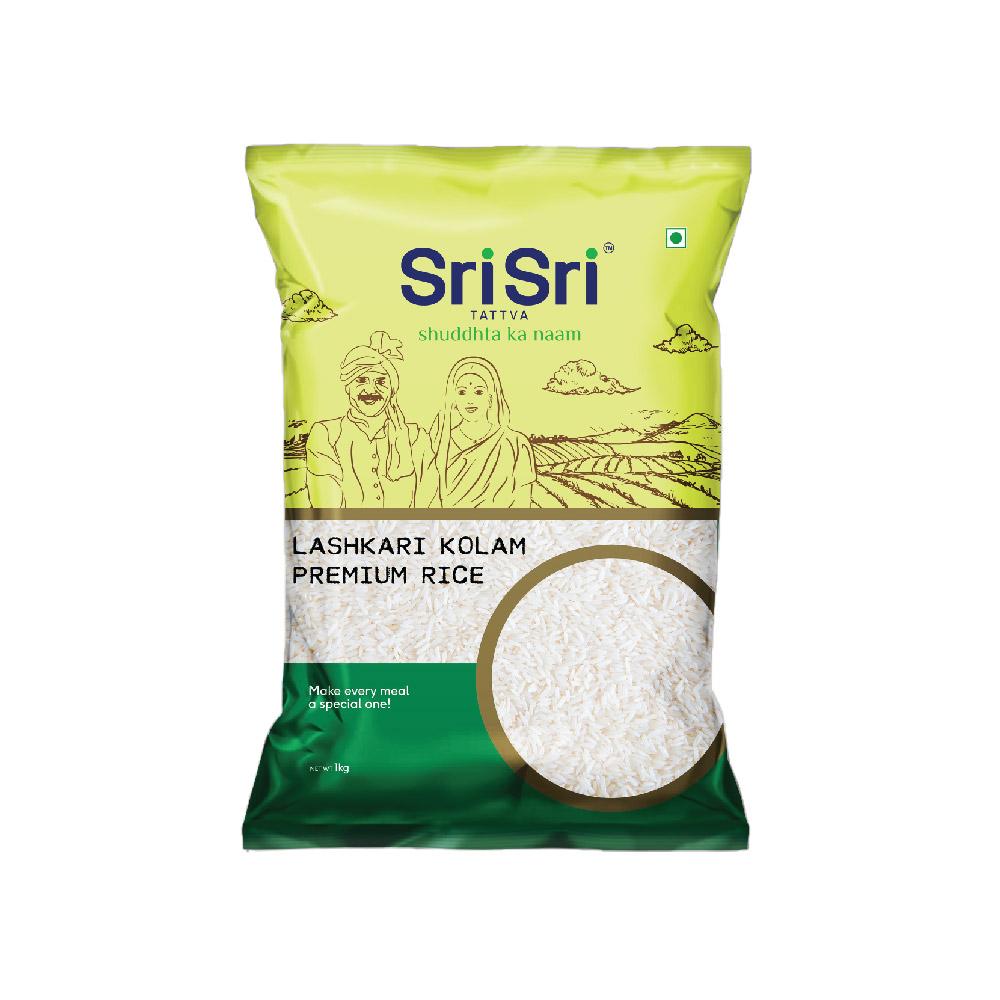Rice has a very special place in our hearts, especially in India. The versatility of rice as one of the main ingredients in various cuisines across India makes it one of the most popular grains in the country. The climate and soil characteristics make rice one of the most-grown crops in South Asia. According to PIB, India alone produced 1308 lakh metric tons of rice in the year 2022-23, making it one of the most consumed foods in the world.
Benefits Of Eating Rice
Nutritional Value
Rice has the least sodium content it, making it an excellent source of other minerals like Potassium, Calcium, and Iron. Brown rice and red rice are fiber-rich, aiding digestion and
ight loss.
Energy Source
Rice is rich in Carbohydrates and Essential Fats. Carbohydrates provide energy throughout the day, and the fiber in the rice helps in easy digestion, making rice the best food for energy for the entire day.
Eating rice is filling and curbs hunger and cravings for unhealthy snacks, which allows for a steady release of energy rather than sudden bursts.
Low In Fat And Cholesterol
Rice is deficient in trans fat and only has essential healthy fat required by the body. The iron in rice helps nourish the red blood cells, which promotes a healthy heart. Rice also helps maintain cholesterol which helps in the efficient and healthy working of the heart and liver.
Gluten-Free
Gluten-free food is vital among many people now who are suffering from diseases like Irritable Bowel Syndrome (IBS). It is a healthy and nutritious option for everyone who wants to avoid grains like wheat.
People with celiac disease can also eat rice for a nutritious and healthy meal.
Digestive Health
The fiber present in rice helps in easy digestion. A healthy gut allows for a healthy metabolism, which aids weight loss.
Why Choose Rice?
Versatility
Around the world, rice can be used in many different cuisines. Rice is the main ingredient in many dishes like Biriyani, Puliyogare, Galho, Jeera Rice, Rajma Chawal, Sushi, Burrito, and many more, making rice the best-complimented food with many spices.
Cultural Significance
Given that rice is the staple diet in India, many harvest festivals in India revolve around rice. Harvest festivals like Pongal in Tamil Nadu, Sankranti in Karnataka, Andhra Pradesh, Telangana, and Onam in Kerala. The northern regions of India celebrate Lohri in Himachal Pradesh, Punjab, Jammu and Kashmir, and Bihu in Assam. People all over India celebrate the yield of rice and other crops by expressing gratitude to nature and farmers.
Cost Effective
The Indian soil is suitable for growing rice, which makes rice the staple food in both the Northern and Southern regions of India. Besides being suitable to grow, rice is also very affordable, making it the staple grain in every household.
Long Shelf Life
Rice has a considerably longer shelf life when compared with other edible grains. Keep raw, uncooked rice in a cool, dry place for maximum shelf life.
Types Of Rice
Red Rice
Red rice, as the name suggests, has a characteristic red colour to it because of the anthocyanin present in it.
Unpolished Red Rice is the most common type of red rice instead of partially polished red rice because of the number of minerals, vitamins, and fiber in it.
Dishes like Kichadi, Pongal, and Porridge are made of red rice in India; red rice is also famous in African dishes like Jollof. Red rice is also used in South American dishes like Tacos and Burritos.
A few advantages and disadvantages of eating red rice are -
Advantages -
- High in Fiber and Essential Fatty Acids.
- Aids in lowering blood pressure and cholesterol.
- Promotes Weight Loss And Aids in Digestion.
Disadvantages -
- Overconsumption of Red Rice Can Cause Indigestion and Bloating.
Moderate consumption of red rice has more advantages than disadvantages, which makes it a very nutritional food in the long run.
Brown Rice
Brown Rice is a whole-grain variety of rice that has much more nutritional value as compared to white rice. It is an unpolished rice variety that still has many vital components like the bran and germ layer that are very nutritious.
Brown Rice is also rich in minerals like Zinc, Magnesium, Calcium, and Iron, to name a few.
Brown Rice has many benefits, like
- Helps in Weight Loss
- Maintains Cholesterol
- Maintains Bone Health
A few drawbacks of Brown Rice are -
- Overconsumption of Brown Rice can Cause Indigestion.
- Overconsumption of Brown Rice can lead to Zinc Deficiency in the Body at times.
Considering the above points, it is clear that as long as you eat brown rice in moderate amounts, the benefits outweigh the disadvantages.
You can now order brown rice online from our website and get it delivered right at your doorstep.
Black Rice
Black rice has one of the most distinguishing characteristics when compared to other varieties of rice. It is rich in fiber and minerals like Zinc, Magnesium, Iron, Potassium, and Phosphorus. Black rice has a mild nutty taste, suitable for many recipes like Forbidden Rice, Black Rice Palav, and Kheer.
Basmati Rice
This polished basmati rice is used in Indian and Middle Eastern cuisine. The famous Indian dishes Palav and Biryani are made of basmati rice. They are delicious as the fragrance of the rice binds together the aroma of other spices, making the dish irresistible. Other Middle Eastern dishes, like Pilaf are also made of basmati rice.
Basmati rice is long, slender, and has a pleasant fragrance. This variety of rice is often cooked to be flakey and is very delicious. You can now order rice online from our website and deliver it to your doorstep.
How To Use?
Refer to the packaging for proper instructions.
You can now order organic rice from Sri Sri Tattva online.
FAQs
What are the different types of rice grains?
Ans - The most popular types of rice grains are white rice, brown rice, red rice, and basmati rice. Rice grains can be polished, unpolished, or partially polished.
How many varieties of rice are there?
Ans - There are more than 120,000 varieties of rice around the world.
What is the nutritional value of rice?
Ans - Rice is rich in Carbohydrates, Proteins, Vitamins and Minerals.
What is the difference between white rice and brown rice?
Ans - White rice is the polished form of brown rice. Brown has no husk but has a germ layer and barn, which white rice doesn't.
How important is rice as a source of food for humans?
Ans - Rice is an important food source for humans as it is rich in Carbohydrates, Calcium, Magnesium, and Potassium.
How healthy is white rice?
Ans - White rice is healthy and has no adverse side effects, but brown is preferred as it has more nutritional value.
How can I shop for rice in Sri Sri Tattva?
Ans - You can buy rice from our website at srisritattva.com.
What are some advantages of buying rice from Sri Sri Tattva?
Ans - Sri Sri Tattva's products are ethically sourced and follow the highest safety and hygiene standards. You can now order rice online from our website and deliver it to your doorstep.




